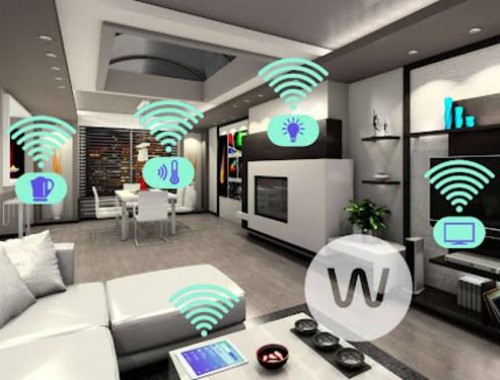Amazon reported a 39% increase in second quarter net sales and its profit went from millions to billions with the e-commerce giant posting big gains in both product sales and its AWS cloud computing businesses.
Net sales for the quarter ended June 30, increased 39.3% to $52.89 billion, up from $37.96 billion for the same quarter a year ago. Excluding a favorable foreign exchange impact, sales were up 37%.
Net income for the e-commerce giant increased to $2.53 billion from $197 million a year ago. On a per-share basis earnings grew to $5.07 from 40 cents.
North America net sales grew 43.8% to $32.17 billion, and operating income more than quadrupled to $1.84 billion. AWS net sales increased 49% to $6.11 billion, and operating income for the division was up 79.3% to $1.64 billion.
International net sales increased 27.2% to $14.61 billion while the operating loss declined to $494 million from a loss of $724 million a year ago.
The e-tailer said its online stores sales increased 14.3% in the quarter to $27.17 billion.
Amazon’s growing furniture and bedding sales were not listed among the quarterly highlights in its release. Here are a few of the many things that were:
The fourth annual Prime Day was its biggest ever (technically a third quarter event), with small and midsize businesses doing more than $1.5 billion in sales on the marketplace during the event. It also signed up more Prime members on July 16th than any other previous day in its history and sold more than 100 million products. Best selling items: the Fire TV Stick with Alexa Voice Remote and Echo Dot.
Amazon added to Alexa's capabilities, including calendaring features; new information on current events, such as the Royal Wedding, World Cup, and NBA playoffs; and a “Remember This” feature, enabling Alexa to remember important information such as birthdays and anniversaries.
Its AWS business announced the general availability of Amazon Sumerian, a service that allows developers to create and publish augmented reality, virtual reality, and 3D applications quickly and easily without requiring specialized programming or 3D graphics expertise. Customers can build the apps for a variety of hardware systems including mobile devices, head-mounted displays, digital signs, and web browsers.
(Source: Furniture Today)


























 沪公网安备31010402003309号
沪公网安备31010402003309号